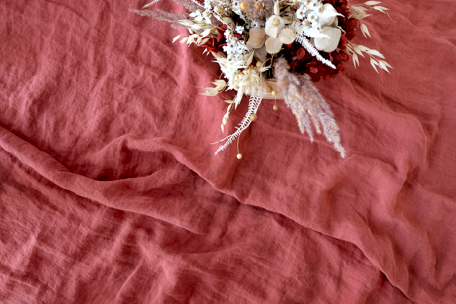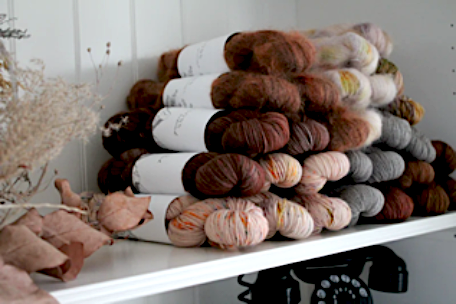Biodegradable Textile / Material Options
This blog post was written by Liluye Staff Writer, Katie Hutchinson, who is a driven and compassionate environmentalist and humanitarian.
Summer is here and many of us are searching to revamp our wardrobes (I am one of them)! Walking down the street, signs with bold lettering of “free trade,” “sustainable products,” and “recycled materials” dominate storefronts pulling in more and more customers. It came to me recently that while I love these advertisements, I wonder what exactly do these products consist of and are they actually as sustainable as they claim to be?
It’s no surprise that finding sustainable products to create, design, and repurpose clothing is becoming the future of fashion. The more conscious consumers become on where our waste goes, the source of our purchases, and the impact our decisions have on the world around us, the more research is being done on how to make better choices. The 2017 Global Fashion Agenda was one of the latest reports that stated 4% of the worldwide waste comes from the fashion industry. While that doesn’t seem like a lot, that number is only growing and does not consider the lifecycle of materials. Institutions like Hohenstein (a global leader in textile testing and innovation) researches the biodegradability of textile sources and helps hold textile companies accountable for the choices they make. When we all hold one another accountable, we can begin to make some progressive changes in the way we approach fashion.
Clothes may not be able to last forever, but there are quality materials that can be used and you can be discerning on what you look out for when you make new purchases. Liluye, for instance, will focus on producing high quality products so there is less need to buy more items. If you, like me, are a beginner to knowing what the most biodegradable, material sources are, here is a guide for your next purchase.
Cotton
It’s no surprise that cotton, both organic and recycled, is a biodegradable source since it is one of the most natural fabrics you can find. Look for Fairtrade cotton to know chemicals were not used in the fields and the laborers are paid a living wage.
Linen
A natural fabric that comes from flax plants. Look for USDA-Certified and Bluesign® to know that it leaves a small footprint behind.
Bamboo
Bamboo is one of the fastest growing plants on the planet which makes it super sustainable. Organic bamboo, while in some places a little trickier to find, is another great option.
Cork
Other than bottling, cork has become a popular source to make bags, belts, earrings, and shoes. This organic material that is derived from a tree, is a safe choice.
Econyl
A material that is recycled nylon, and is often used in a lot of swimwear. While nylon is not a sustainable fabric itself, this recycled material is a way to keep nylon from polluting our waterways and dumps.
Recycled Polyester
Let’s make it clear, single use plastics are not good, but when we take those plastics and make them into something else that can be worn and enjoyed for years instead of sitting in a landfill somewhere, it makes it a better option than others.
There are many brands (look for an upcoming post to learn more about which ones) that utilize recycled polyester for the better.
Pinatex
A material derived from… you guessed it!… pineapples. It’s used to replace traditional leather.
Woocoa
A vegan wool that is made from mushrooms as well as other organic materials.
Wool
A natural material that is long lasting and biodegradable, when purchased from a good source. Therefore, it’s a wonderful option.
Overall, take notice and control of your impact. Think about what your products are made of before purchasing them. When designing yourself, consider the lifecycle of all your materials. Together we can help keep fashion sustainable.
Post Sources
• 30 Sustainable Fabrics For The Most Eco Friendly Fashion. Date and Author: Unknown. (Sustainable Jungle)
• 12 Sustainable Materials And Fabrics You Should Know About. Date: Unknown. Written by staff. (The Good Trade)
• How quickly do fashion materials biodegrade? Date: November 29, 2019. Written by George Arnett. (Vogue Business)




